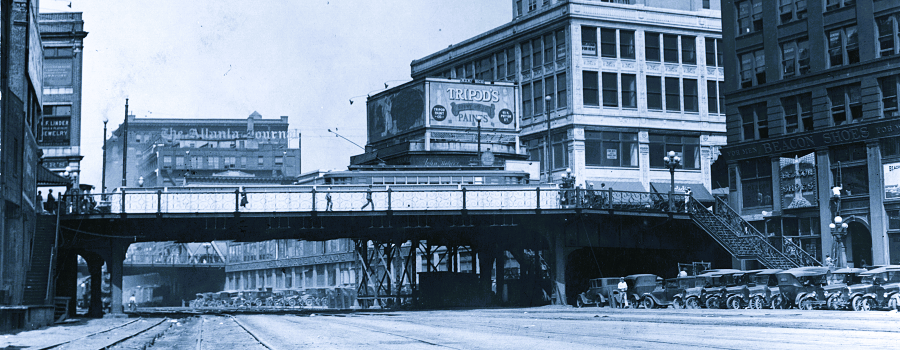Format: Online Exhibit
The Elevated City
Atlanta, a new city established by the railroads in the 19th century and transformed by the automobile in the 20th century, was built first for...
Read More
Historic Harlots of Old Atlanta
Digital tour of the rise and fall of the bawdy brothels that lined Downtown Atlanta’s Collins Street from the late 1800s to the early 1900s—showcasing...
Read More

Tracing a History of Atlanta’s Public Transit
Atlanta, originally named Terminus, has a profound history which is extensively intertwined with transit. This project visualizes how the city’s public transit system, now a...
Read More
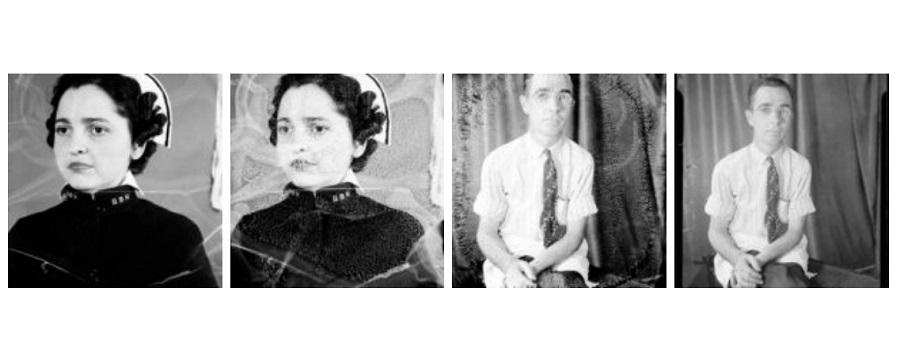
A Race Against Time: Saving Atlanta’s Photographic History
Online exhibit feature photographs and negatives from Georgia State University’s Special Collections and Archives, consisting of images from six photographic collecting areas: Lane Brothers Commercial...
Read More
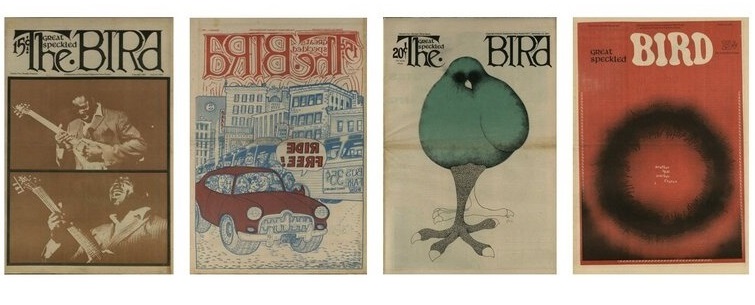
The Great Speckled Bird: What a Beautiful Thought I Am Thinking
The exhibit commemorates the 50th anniversary of the publication of the first issue of The Great Speckled Bird. Content in this exhibit incorporates resources from...
Read More
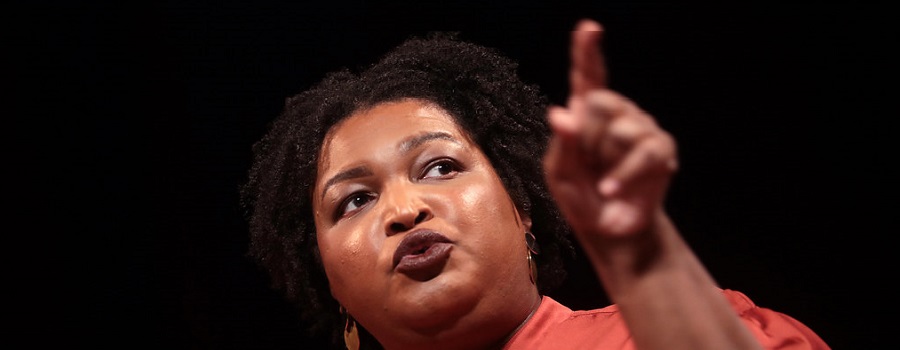
The Reckoning
Leading up to and after the Women’s March of 2017, Georgia activists, Lucy Hargrett Draper, and her niece, Chrisy Erickson Strum documented emerging and ongoing...
Read More

Out in the Archives: Gender and Sexuality Collections at Georgia State University
Highlights aspects of Atlanta’s LGBTQ+ history that are most fully documented by GSU Archives & Special Collections. The Gender and Sexuality Collections at Georgia State...
Read More
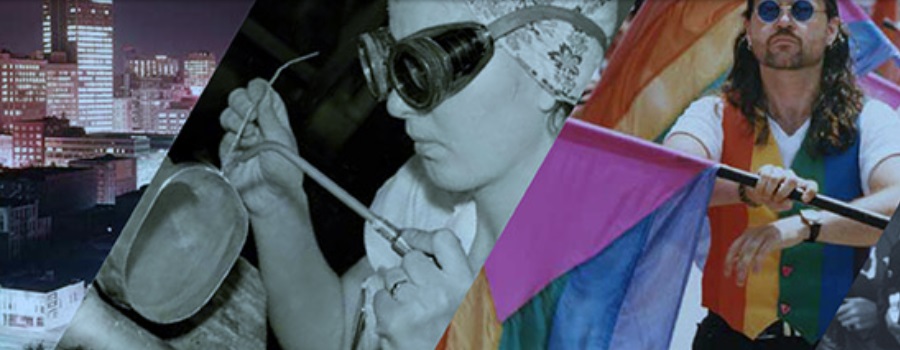
Bridging Communities: 50 Years of Collecting at Georgia State University
Founded in 1913, Georgia State University grew as it supported the educational needs of Atlanta and the state of Georgia. Originally an evening program intended...
Read More
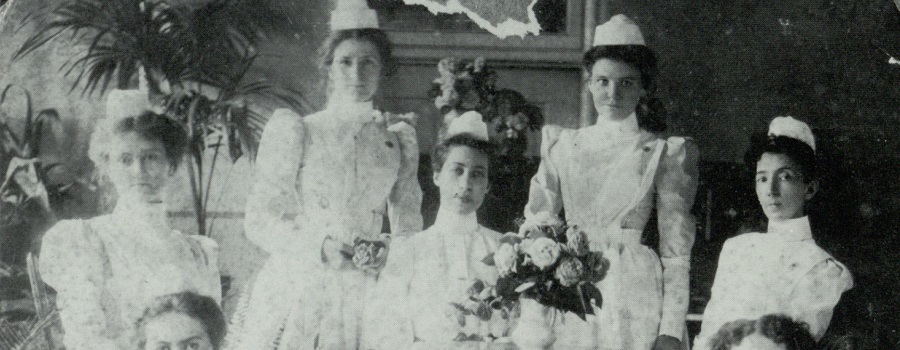
The Art of Nursing & Caring for the Sick and Afflicted: The Grady School of Nursing Legacy
In commemoration of the 120th anniversary of the founding of the Grady Memorial Hospital School of Nursing. The Grady Memorial Hospital School of Nursing, chartered...
Read More
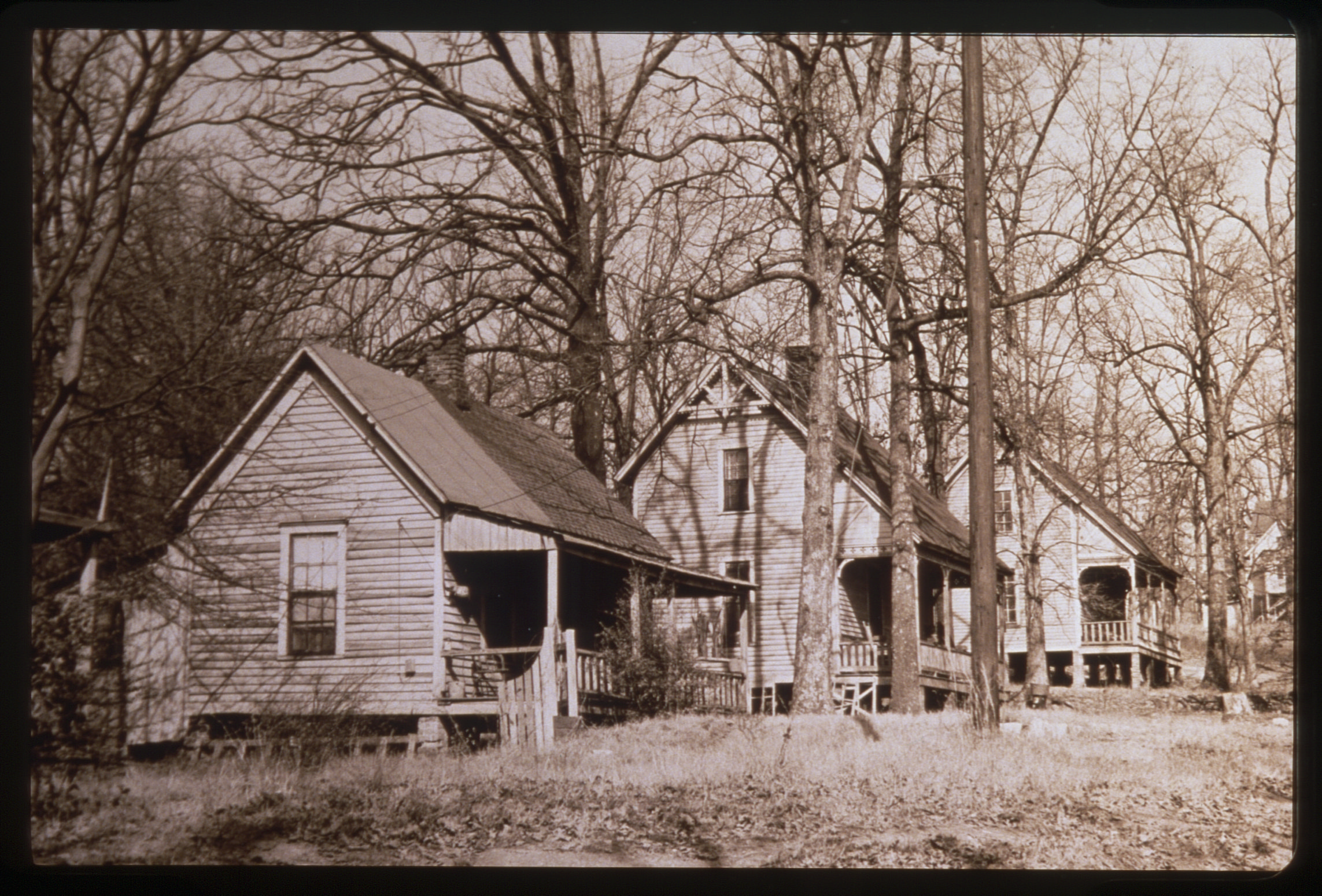
Black Neighborhoods and the Creation of Black Atlanta
Black Neighborhoods and the Creation of Black Atlanta explores the history of Black neighborhoods in Atlanta. It provides an overview of several of these neighborhoods: Summerhill,...
Read More

Kell Hall: Capturing the Legacy
Archived by the Wayback Machine. Originally built in 1925 as one of the first parking garages in the city, the Ivy Street Garage was renovated...
Read More
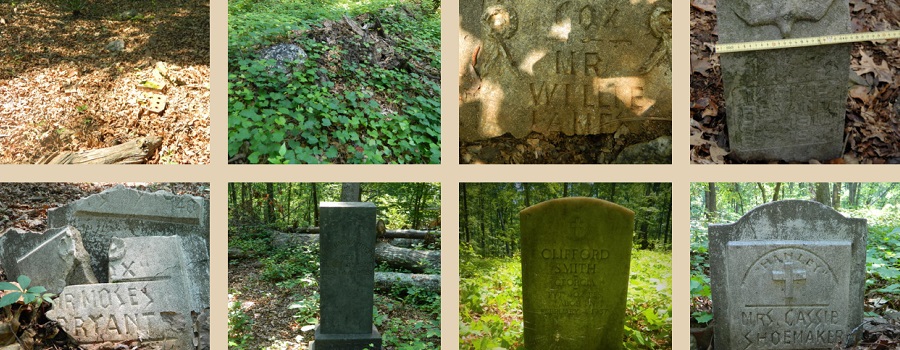
Flat Rock Cemetery Project
Archived by the Wayback Machine. The Flat Rock community in southern DeKalb County, Georgia (just outside Atlanta) is one of the oldest continually-occupied African-American communities...
Read More
 Georgia State University Library
Georgia State University Library
